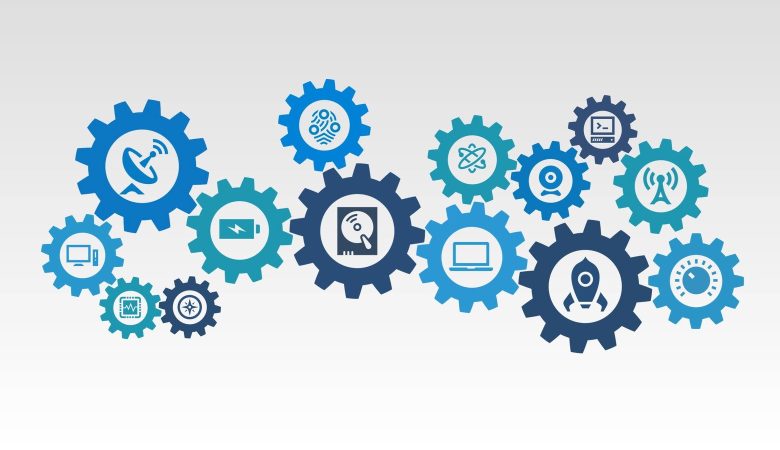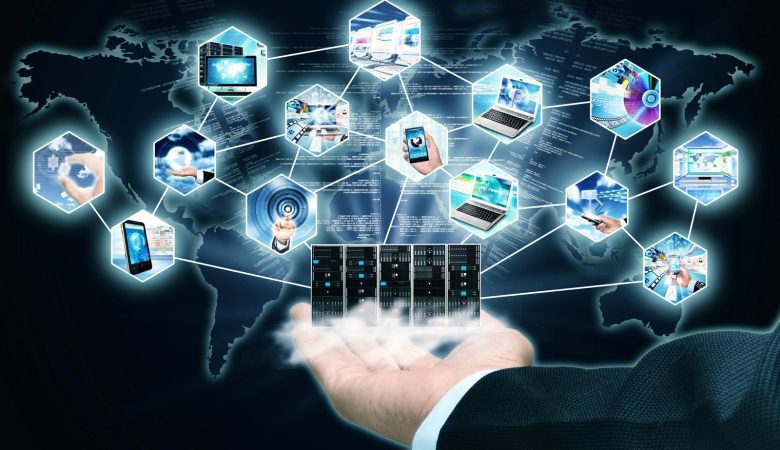It’s no secret that the retail industry is in deep trouble. With e-commerce becoming more and more popular, brick-and-mortar stores are struggling to keep up. And while technology is playing a big role in this decline, it’s not the only one. In this blog post, we will explore some of the other factors that are driving the future of retail and how you can get ahead of the curve. From changing consumer habits to understanding what retailers really need, read on to find out how technology can help you succeed in retail.
Retail is changing and so are the ways consumers interact with it
Retail is changing at a fast pace, with many new and innovative ways of interacting with consumers being created each year. One of the most important aspects of this change is how technology is fueling it.
One example of this is how e-commerce is increasingly driving retail sales. In 2016, e-commerce accounted for just over one third of total retail sales, up from just under one tenth in 2002. The growth of online shopping has led to innovations like Amazon Prime, which allows customers to get free two-day shipping on qualifying items. This service has had a significant impact on the way consumers purchase items, and it’s only going to continue to grow in popularity.
Another major change that’s happening in retail is the way customers interact with brands and products. With social media having such a large influence on people’s lives, it’s no surprise that brands are trying to take advantage of that by using it as an outlet for marketing their products. For example, McDonalds has started using Snapchat to create unique AR (augmented reality) experiences that allow customers to try out different menu items before they make a purchase. These types of campaigns not only generate excitement around the brand but also help customers learn more about the product they’re buying.
All in all, there are many exciting changes happening in the world of retail and technology is helping fuel them along. It’s tough to get ahead in this industry, but those who do will be able to create some truly innovative
Technology is fueling the future of retail
Retail is changing. Technology is fueling the future of retail and helping make it more efficient and customer-centric. Retailers are using technology to better understand their customers, keep track of inventory, and create a more personalized shopping experience.
One way retailers are using technology is by using big data analytics. This involves collecting and analyzing large amounts of data to improve decision making. By understanding trends, retailers can make better decisions about what products to sell, where to market them, and how to run their stores.
Inventory management is another area that’s being improved through technology. Retailers can use sensors and RFID tags to track inventory in real time. This information can then be used to make decisions about when and where to order more product.
The use of mobile apps also helps retailers stay connected with their customers. These apps allow customers to browse products, place orders, get updates on their orders, and leave feedback for the retailer. This gives customers a consistent shopping experience that they can rely on no matter what device they are using.
As technology continues to transform the retail industry, it’s becoming easier for retailers to connect with their customers in ways never before possible. By using big data analytics, mobile apps, and sensors, retailers are able to keep up with the ever-changing trends in the market while providing an amazing customer experience
The importance of omnichannel retailing
Retail is undergoing a transformation with the rise of technology. Consumers now have more options than ever to buy products and services online and through mobile devices, giving retailers new opportunities to reach consumers where they are. But this shift comes with its own set of challenges.
Today’s retailers must not only understand the trends and technologies that are driving retail sales, but also navigate the complex omnichannel landscape in order to stay competitive. Omnichannel delivery models including online, app, in-store, and phone orders all have their own unique benefits and challenges for both businesses and consumers.
Businesses that can effectively integrate omnichannel delivery into their marketing strategy will be able to create a more customer-centric experience that engages customers on multiple channels. In addition, by being able to quickly respond to customer needs on various platforms, retailers can keep shoppers coming back for more.
However, it’s difficult for any retailer to get ahead if they don’t have the right technology in place. Many companies are investing in omnichannel solutions such as warehouse robotics and artificial intelligence in order to automate processes and make it easier for employees to fill orders from different channels. By doing so, these firms hope to increase customer satisfaction while reducing costs associated with fulfillment operations.
The top 5 technologies driving the future of retail
Retail is changing at an unprecedented pace, and technology is playing a big role in driving that change. Here are the five technologies that are most responsible for pushing retail forward:
1. Mobile Shopping
Mobile shopping has become an essential part of the shopping experience for millions of people around the world. Not only do mobile devices allow you to get purchase information and make purchases quickly and easily, they also create a sense of convenience that can’t be beat. In fact, nearly two-thirds (64%) of U.S. consumers say that using their smartphones to shop makes them more likely to buy something, while just over half (52%) say they enjoy mobile shopping more than traditional shopping methods.
2. Virtual Reality
Virtual reality (VR) technology is quickly becoming a key player in the retail landscape. VR allows customers to explore products in a realistic environment and makes it easy for them to imagine how those products might look on their own bodies or in specific settings. This technology has already been used to create amazing experiences for customers visiting high-end fashion retailers like Saks Fifth Avenue and Neiman Marcus, as well as popular online retailers like Amazon and eBay. And with the introduction of affordable headsets like the Oculus Rift and HTC Vive, VR is poised to become even more popular in the future.
3. Augmented Reality
Augmented reality (AR) is another emerging technology that has potential implications for retailing. AR lets shoppers see product information on
Conclusion
Retail has always been a tough business, but the recent rise in technology has made it even more difficult for small businesses to compete. With online shopping becoming increasingly popular and ecommerce platforms becoming more sophisticated, it’s become harder for brick-and-mortar stores to keep up. However, there are ways that you can make the most of this changing landscape and become one of the successful retailers of tomorrow. Here are a few tips to get you started: 1. Make Use Of Social Media For Marketing And Advertising Social media is one of the most effective marketing tools available today, and you should make use of it as much as possible to reach your audience. You can use social media platforms like Facebook, Twitter, and Instagram to promote your store and attract new customers. Additionally, you can also set up Google AdWords campaigns to reach potential customers through search engine ads. 2. Invest In Technology To Help You Stay Ahead Of The Competition The days when you had to be an expert in retailing just because your business was done in physical space are long gone; with the help of technological advances like RFID tags and smartphones with GPS capabilities, you can stay ahead of the curve without having to invest heavily in equipment








